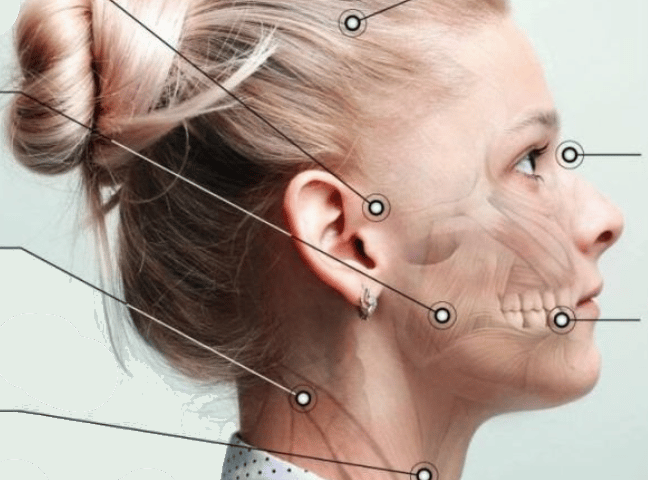Clear Aligners for Patients with Orofacial Myofunctional Disorders: Improving Muscle Function
Orofacial myofunctional disorders (OMDs)—such as tongue thrust, abnormal swallowing patterns, and lip incompetence—are conditions that affect the function and coordination of the facial muscles. These disorders can significantly impact oral health, often leading to misaligned teeth, breathing difficulties, and even speech issues. Fortunately, clear aligners, which are widely used for orthodontic treatment, are emerging as an effective solution to address not only dental misalignment but also improve overall muscle function in the orofacial region.
Azeem Jameel
10/11/20243 min read


Clear Aligners for Patients with Orofacial Myofunctional Disorders: Improving Muscle Function
Orofacial myofunctional disorders (OMDs)—such as tongue thrust, abnormal swallowing patterns, and lip incompetence—are conditions that affect the function and coordination of the facial muscles. These disorders can significantly impact oral health, often leading to misaligned teeth, breathing difficulties, and even speech issues. Fortunately, clear aligners, which are widely used for orthodontic treatment, are emerging as an effective solution to address not only dental misalignment but also improve overall muscle function in the orofacial region.
Understanding Orofacial Myofunctional Disorders
OMDs affect the proper functioning of the facial and oral muscles, specifically the tongue, lips, and cheeks. Common issues include:
Tongue Thrust: A habitual forward movement of the tongue against or between the teeth during swallowing, often resulting in open bites and other alignment issues.
Lip Incompetence: Inability to maintain a closed-lip posture without effort, contributing to mouth breathing and dry mouth.
Abnormal Swallowing: Atypical swallowing habits that involve improper tongue movement, often contributing to bite problems and impacting speech.
OMDs can have a lasting impact if not treated early. Beyond dental misalignment, they can also contribute to other issues like speech impediments, poor oral hygiene, and even temporomandibular joint (TMJ) disorders. This makes early intervention and effective treatment vital.
How Clear Aligners Help with Orofacial Myofunctional Disorders
While clear aligners are best known for straightening teeth, recent studies are highlighting their potential to play a broader role in managing OMDs by promoting better muscle coordination and function. Here’s how clear aligners help in this context:
Supporting Dental Alignment to Restore Muscle Balance: Misaligned teeth often disrupt the natural balance of facial muscles. Clear aligners gradually shift the teeth into their correct positions, reducing muscle strain caused by abnormal oral postures, like tongue thrust. Research shows that once the teeth are properly aligned, patients experience improved muscle coordination, particularly in the tongue and lips, which can help correct improper swallowing patterns .
Encouraging Proper Tongue Position and Breathing: Some aligner systems include specific design features, such as bite ramps, that encourage the tongue to adopt a better posture. As the teeth move into alignment, these features help reduce tongue thrust and promote nasal breathing. Studies from 2024 highlight the effectiveness of clear aligners in facilitating better tongue posture, which is essential for preventing abnormal swallowing and improving breathing efficiency .
Improving Swallowing Mechanics: Aligners act as a physical barrier that prevents the tongue from pushing against or between the teeth during swallowing. Over time, this helps patients relearn the proper swallowing mechanism, as supported by recent clinical findings. Clear aligners not only improve tooth position but also retrain the orofacial muscles involved in swallowing .
Enhancing Lip Competence and Oral Posture: With dental alignment corrected, patients often notice improvements in lip seal (keeping lips closed without effort). This is crucial for addressing lip incompetence, which is commonly linked with mouth breathing. Clear aligners promote proper oral posture, contributing to improved overall orofacial muscle function.
Combining Myofunctional Therapy with Clear Aligners
While clear aligners offer significant benefits in treating OMDs, they are most effective when used in conjunction with orofacial myofunctional therapy (OMT). OMT involves targeted exercises that help retrain the tongue, lips, and facial muscles, promoting healthy swallowing and breathing patterns.
For example, a patient with tongue thrust may wear clear aligners to correct the dental misalignment while simultaneously undergoing therapy to strengthen tongue muscles and develop better oral habits. Recent research emphasizes that the combination of OMT and clear aligner treatment leads to more stable, long-term results .
Considerations and Patient Compliance
While clear aligners can be a powerful tool in treating OMDs, it’s important to recognize a few key considerations:
Patient Adherence: Consistent wear of clear aligners (20–22 hours per day) is critical for successful treatment. Compliance plays a major role in achieving both dental and muscle improvements.
Multidisciplinary Approach: Collaboration between orthodontists and orofacial myofunctional therapists is essential for effective treatment. Severe OMDs may require more specialized interventions beyond what clear aligners alone can provide.
Early Intervention: Addressing OMDs during childhood or adolescence, when the jaw and teeth are still developing, can prevent more severe complications later in life. However, clear aligners have also been shown to benefit adult patients with OMDs .
Final Thoughts
Clear aligners represent a versatile and non-invasive option for managing both dental alignment and orofacial myofunctional disorders. By improving dental positioning, clear aligners can enhance muscle coordination, promote healthier swallowing patterns, and even improve breathing. When paired with orofacial myofunctional therapy, they offer a comprehensive solution to OMDs that addresses both the symptoms and root causes.
Patients with OMDs should consult with their orthodontist and myofunctional therapist to explore whether clear aligners might be the right treatment option for them. With ongoing advancements in both aligner technology and myofunctional therapy, the future of managing orofacial disorders looks promising.

Connect
Social Accounts
+1 830 7451 586
Building 595, Block H3, Phase 2
Johar town, Lahore Pakistan
Address
Mail at:
Call at:


ClearCare Ortho offers premium-quality, exceptionally clear, and affordable orthodontic aligner treatments worldwide.
© 2023 Copyright ClearCare Ortho All Right Reserved.
info@clearcareortho.com
